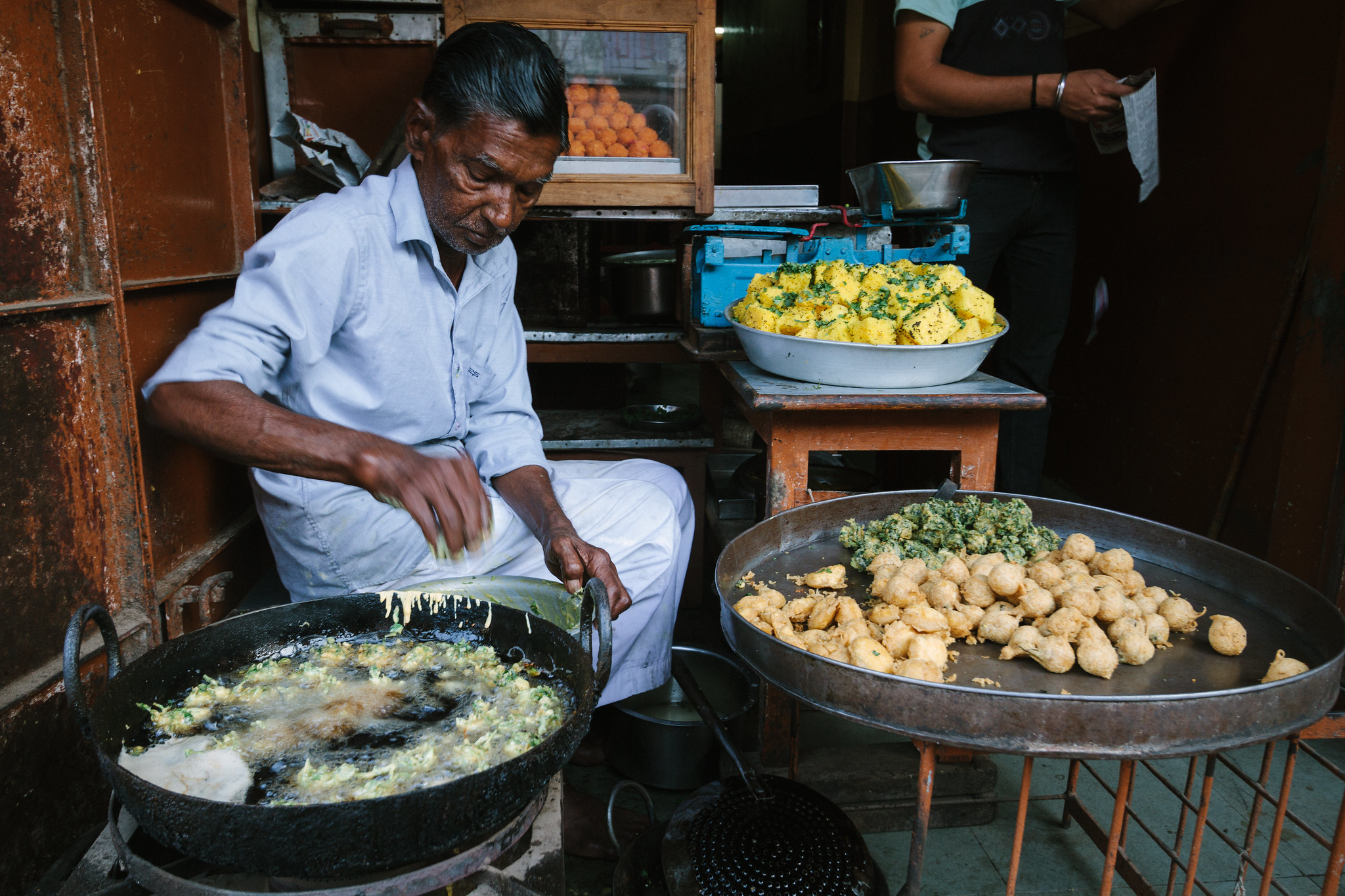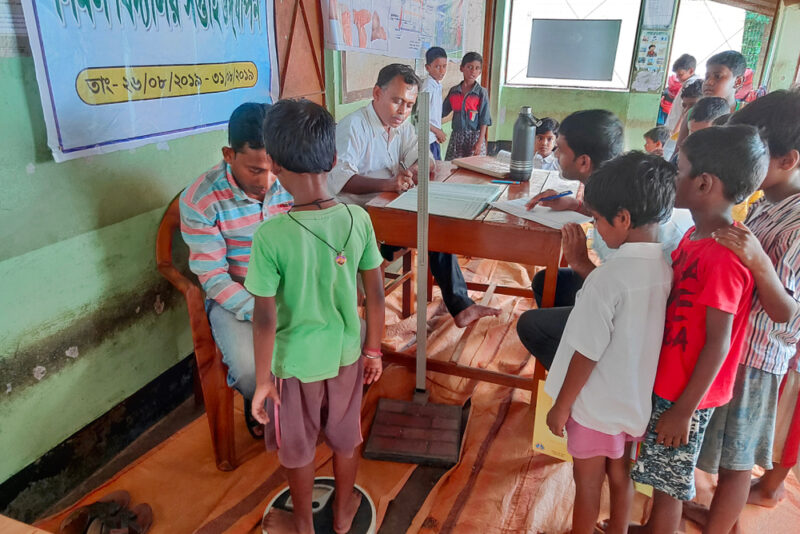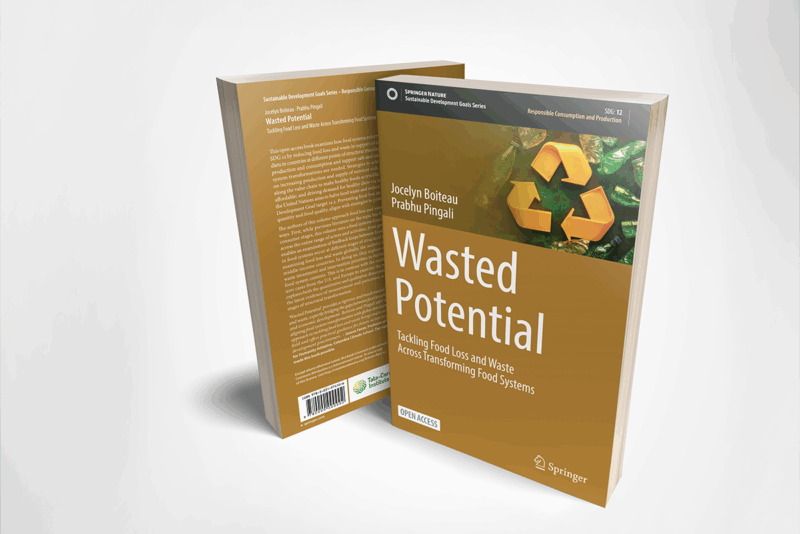New TCI Study Shows Urbanization Increases Risk of Rural Obesity

For developing countries like India, the growth and expansion of cities brings economic opportunities to those living in impoverished rural areas. But those opportunities come at a price. According to a new study from the Tata-Cornell Institute for Agriculture and Nutrition (TCI), the urbanization of rural areas in India is closely associated with a rise in rural obesity rates that disproportionately impacts lower socio-economic classes.
Authored by TCI alumna Anaka Aiyar, postdoctoral associate Andaleeb Rahman, and director Prabhu Pingali, the study, “India’s Rural Transformation and Rising Obesity Burden,” was published in World Development.
Urbanization is a primary driver of economic development in rural areas. However, cities typically provide greater access to processed foods, and fast-paced urban lifestyles place a premium on time, which makes people more likely to eat out or choose unhealthy, precooked foods. All this adds up to an increased risk of obesity, which raises the incidence of non-communicable diseases like diabetes.
At the national level, approximately 3,000 rural women become at-risk for obesity for each kilometer of reduction in rural-urban distance.
Using India’s 2015-16 National and Family Health Survey, Aiyar, Rahman, and Pingali calculated BMI scores for women living in rural areas and estimated the distance between towns and village clusters. They found that when the distance between cities and rural villages decreases by one kilometer, the risk of obesity among women increases by 0.06%. At the national level, approximately 3,000 rural women become at-risk for obesity for each kilometer of reduction in rural-urban distance.
The size of the urban center in question is particularly consequential. Women who live in villages near cities with a population of 50,000 or more are four times more likely to be at risk of obesity.
Socio-economic status also plays an important role. Lower-income groups and those with lower levels of education are increasingly vulnerable to obesity.
One bright spot discovered by the researchers is that high dietary diversity—the number of different food groups a person eats—appears to mitigate the impact of proximity to cities. As India’s rural areas continue to transform and its cities grow, ensuring access to affordable healthy foods will be key to keeping obesity in check.





